GIVE NOW before 2025 ends—your gift will be doubled to help children in need. Click here to 2x your impact!
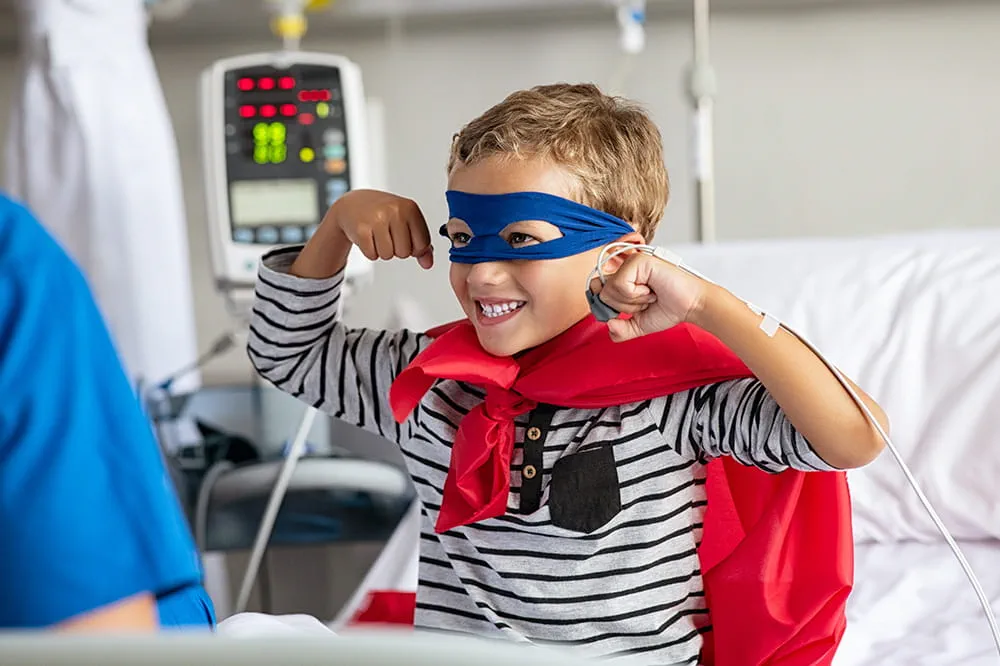
Ranked nationally in pediatric care.
Arkansas Children's provides right-sized care for your child. U.S. News & World Report has ranked Arkansas Children's in seven specialties for 2025-2026.

It's easier than ever to sign up for MyChart.
Sign up online to quickly and easily manage your child's medical information and connect with us whenever you need.
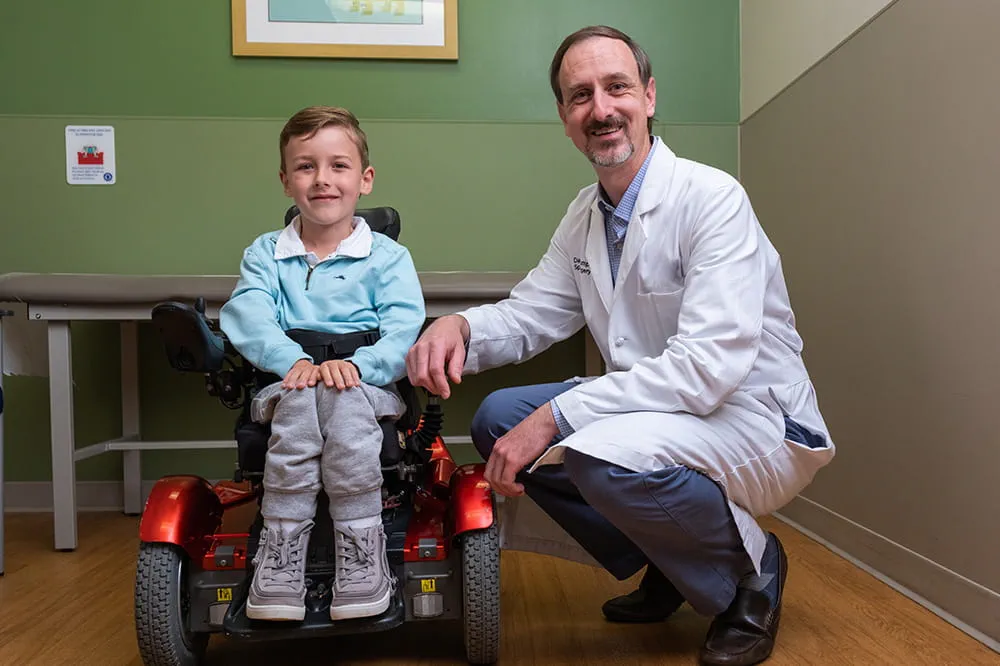
We're focused on improving child health through exceptional patient care, groundbreaking research, continuing education, and outreach and prevention.

When it comes to your child, every emergency is a big deal.
Our ERs are staffed 24/7 with doctors, nurses and staff who know kids best – all trained to deliver right-sized care for your child in a safe environment.

Arkansas Children's provides right-sized care for your child. U.S. News & World Report has ranked Arkansas Children's in seven specialties for 2025-2026.

Looking for resources for your family?
Find health tips, patient stories, and news you can use to champion children.

Support from the comfort of your home.
Our flu resources and education information help parents and families provide effective care at home.

Children are at the center of everything we do.
We are dedicated to caring for children, allowing us to uniquely shape the landscape of pediatric care in Arkansas.
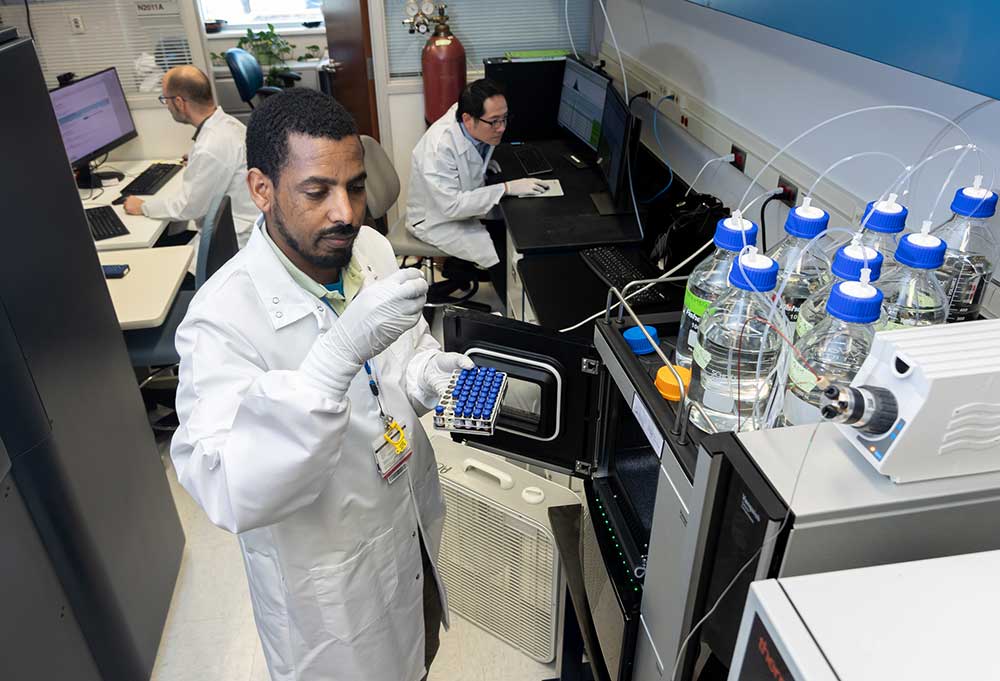
Transforming discovery to care.
Our researchers are driven by their limitless curiosity to discover new and better ways to make these children better today and healthier tomorrow.

We're focused on improving child health through exceptional patient care, groundbreaking research, continuing education, and outreach and prevention.
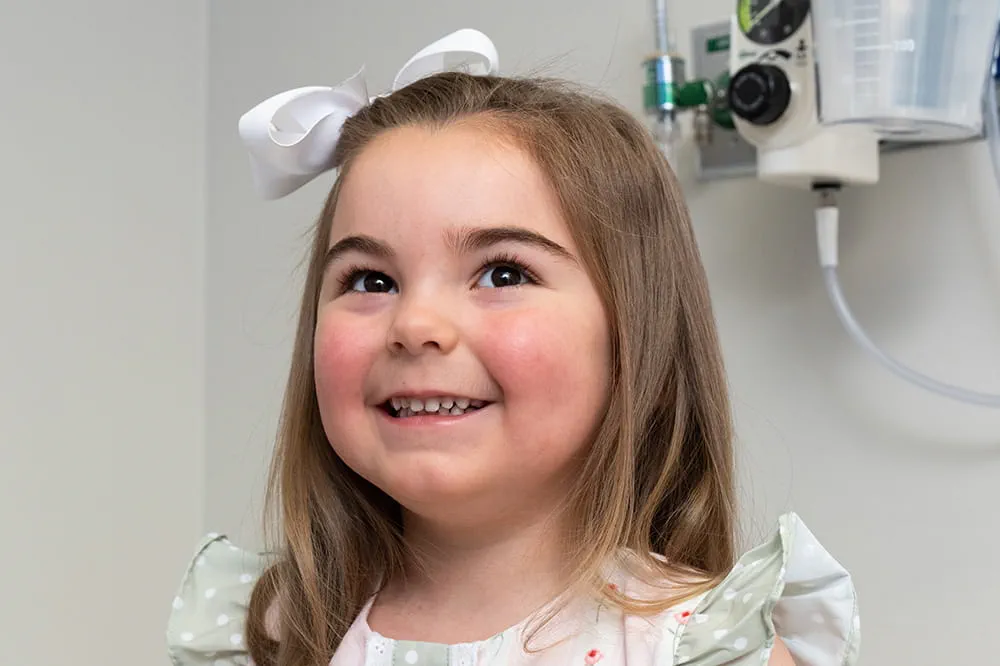
Then we're looking for you! Work at a place where you can change lives...including your own.

When you give to Arkansas Children's, you help deliver on our promise of a better today and a healthier tomorrow for the children of Arkansas and beyond
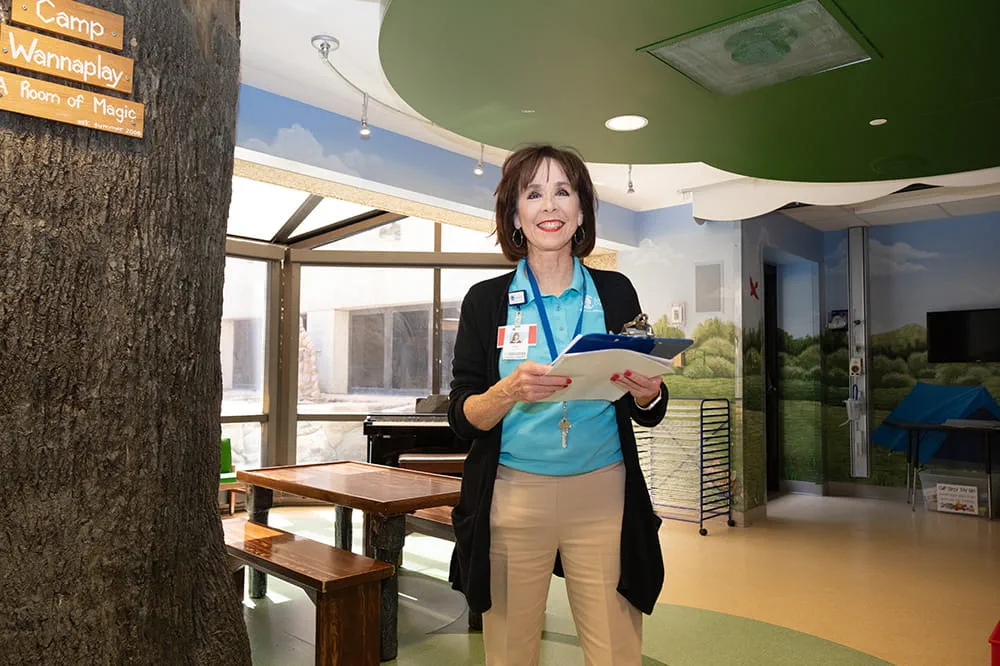
Become a volunteer at Arkansas Children's.
The gift of time is one of the most precious gifts you can give. You can make a difference in the life of a sick child.

Join our Grassroots Organization
Support and participate in this advocacy effort on behalf of Arkansas’ youth and our organization.

Learn How We Transform Discovery to Care
Scientific discoveries lead us to new and better ways to care for children.

Learn How We Transform Discovery to Care
Scientific discoveries lead us to new and better ways to care for children.

Learn How We Transform Discovery to Care
Scientific discoveries lead us to new and better ways to care for children.

Learn How We Transform Discovery to Care
Scientific discoveries lead us to new and better ways to care for children.

Learn How We Transform Discovery to Care
Scientific discoveries lead us to new and better ways to care for children.

Learn How We Transform Discovery to Care
Scientific discoveries lead us to new and better ways to care for children.
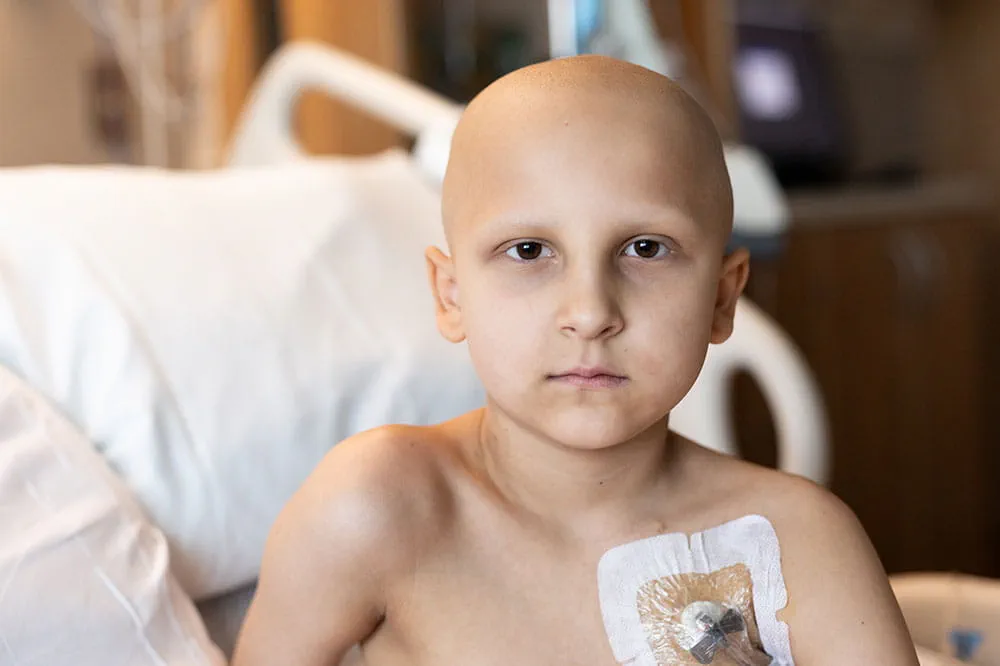
When you give to Arkansas Children’s, you help deliver on our promise of a better today and a healthier tomorrow for the children of Arkansas and beyond.
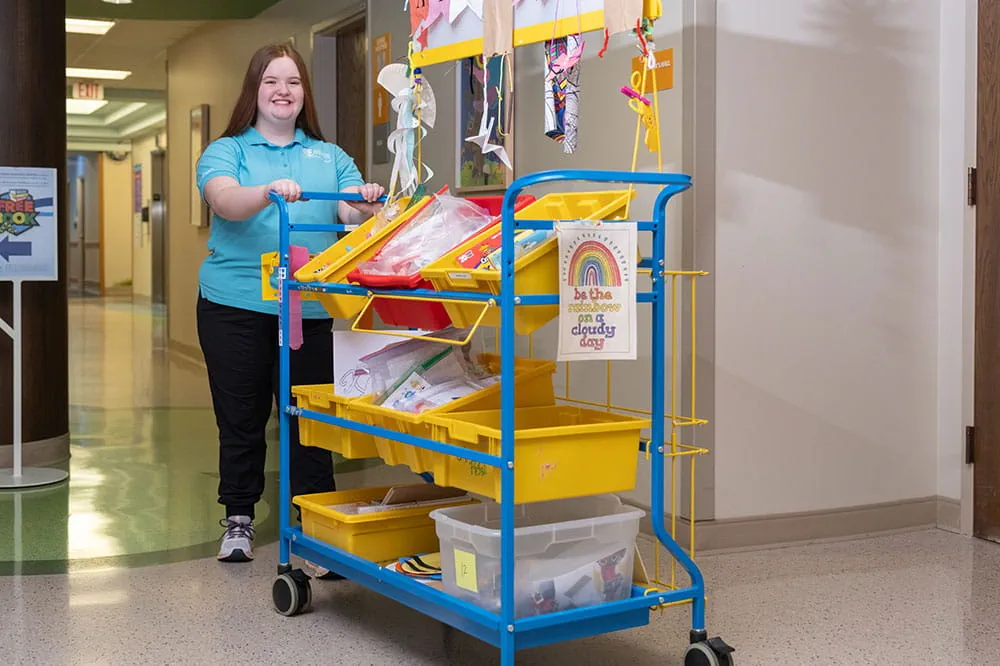
Your volunteer efforts are very important to Arkansas Children's. Consider additional ways to help our patients and families.

Join one of our volunteer groups.
There are many ways to get involved to champion children statewide.

Make a positive impact on children through philanthropy.
The generosity of our supporters allows Arkansas Children's to deliver on our promise of making children better today and a healthier tomorrow.

Read and watch heart-warming, inspirational stories from the patients of Arkansas Children’s.

Hello.

Arkansas Children's Hospital
General Information 501-364-1100
Arkansas Children's Northwest
General Information 479-725-6800

Spinal Muscular Atrophy
What is spinal muscular atrophy?
Spinal muscular atrophy (SMA) is a genetic, progressive disease that causes the loss of nerve cells, called motor neurons, in the brain and spinal cord. These nerve cells control muscles throughout the body. When the nerve cells are not working properly, it can lead to weakness in the muscles that control the arms, legs, chest, face, tongue and throat.
Symptoms of SMA can range from mild to life-threatening, depending on the type:
- SMA type 1 (also called infantile-onset SMA or Werdnig-Hoffmann disease) is the most severe type of SMA. Children with this type usually begin showing signs of the disease in the first few months of life. They have trouble moving their head, are not able to sit up, and have trouble feeding and breathing.
- SMA type 2 is not as severe as type 1. Children with type 2 usually develop symptoms between ages 6 and 12 months. While children with this type can often sit up, they are not able to stand or walk on their own.
- SMA type 3 (also called Kugelberg-Welander disease) is a milder type of SMA. Children may not develop symptoms until early childhood. They can usually stand and walk, but as the symptoms worsen, they may need to use a wheelchair.
- SMA type 4 is a rare form of the disease. A child with this type may not have any symptoms until they are a young adult. This type may cause muscle weakness, tremors and some mild breathing problems.
Although there is no cure for SMA, new treatments have given hope to children with the most severe types of SMA and their families.
What are the symptoms of spinal muscular atrophy?
The symptoms of SMA and their severity can vary depending on the type your child has. Some common symptoms in children include:
- Muscle weakness
- Low muscle tone
- Feeding and swallowing problems
- Trouble breathing
- A curve in the spine (scoliosis)
- Trouble sitting up or standing
- Trouble walking or running
- Tremors
What causes spinal muscular atrophy?
SMA is caused by a mutation or deletion in the SMN1 gene. In nearly all cases of SMA, the mutation is inherited from both parents.
How is spinal muscular atrophy treated?
Although there is no cure for SMA, new treatments provide hope for children with the most severe forms of this disease. Your care team at Arkansas Children’s is experienced in treating SMA and will work with you to create the best treatment plan for your child based on their individual symptoms.
- Nusinersen (brand name Spinraza) was the first FDA-approved drug to treat children and adults with SMA. Arkansas Children’s was the first medical center in Arkansas to offer this treatment. Spinraza may be effective at slowing, stopping or reversing the symptoms of SMA.
- Risdiplam (Evrysdi) is another FDA-approved drug for SMA. It is used to treat patients ages 2 months and older.
- Onasemnogene abeparovec-xioi (Zolgensma) is a type of gene therapy for SMA. It is used to treat SMA in children under age 2.
- Physical and occupational therapy may help slow muscle weakness and improve range of motion.
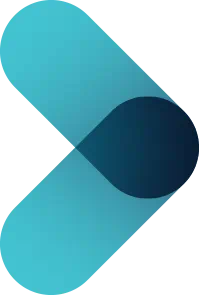
Appointments
New and existing patients can visit our appointment hub for several ways to request an appointment, including online scheduling for many services.
Request an appointment
